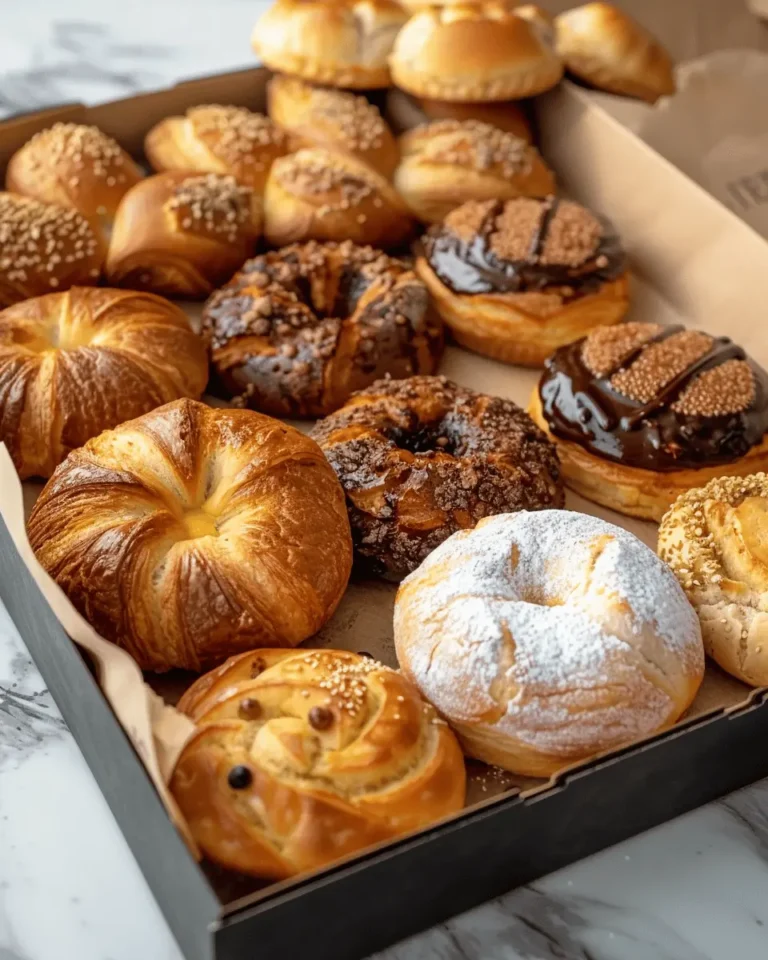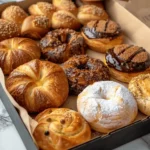Introduction to Gluten Free Bakeries
Why gluten-free baking is on the rise
In recent years, the world of baking has experienced a remarkable evolution, making gluten-free options more accessible and appealing. With the rise in awareness about gluten intolerance and celiac disease, many consumers are not just opting to avoid gluten for health reasons but are also drawn to its benefits, such as improved digestion and increased energy levels. According to a report by the Gluten Intolerance Group, about 1 in 100 people worldwide is affected by celiac disease, which has contributed to a growing demand for specialized baked goods.
But it’s not only those with gluten sensitivities who are driving this trend. Many food enthusiasts and home bakers are discovering the rich and diverse world of gluten-free flours, such as almond, coconut, and oat. Not to mention, gluten-free baked goods can often be lower in calories and refined sugars. So, whether you’re navigating dietary restrictions or simply on the hunt for exciting flavors, gluten free bakeries are thriving to meet your cravings.
Often, these bakeries feature a variety of treats that go beyond traditional bread and pastries. From cookies to cakes and even savory breads, gluten-free options can surprise you with their texture and flavor. For many bakers, the challenge of mastering gluten-free recipes has turned into a passionate pursuit. Learning the right combinations of flours and binders, such as xanthan gum or chia seeds, has become an art form that yields delicious results.
As you explore gluten-free goodies, consider supporting local gluten free bakeries. Many of these establishments are committed to using high-quality, organic ingredients, ensuring that you indulge in treats you can feel good about. Some bakeries even provide you with the option to customize your orders, catering to dietary needs like vegan or nut-free.
In short, whether you’re a seasoned baker looking to try something new or someone simply curious about gluten-free delights, the rise of gluten free bakeries reflects a cultural shift towards inclusivity and health consciousness in the culinary world. So, why not treat yourself and discover what gluten-free baking has to offer?
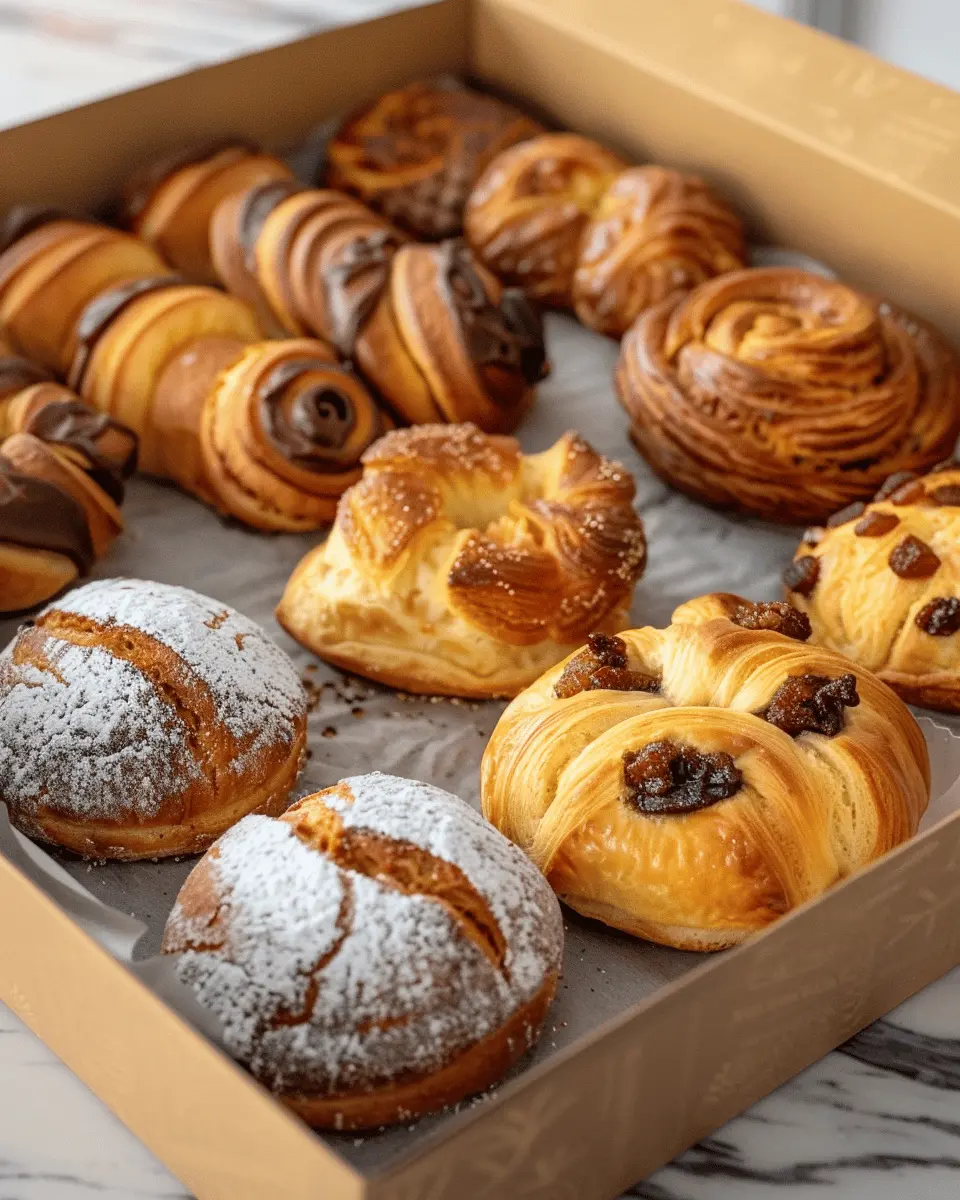
Ingredients for Gluten Free Baking
When diving into the world of gluten free baking, having the right ingredients on hand is essential for achieving delicious outcomes. Here’s a quick guide to help you stock your kitchen like a pro.
Essential gluten-free flours
The heart of any gluten free bakeries lies in its choice of flour. Here are some must-haves:
- Almond Flour: Adds moisture and richness to baked goods.
- Coconut Flour: High in fiber; requires extra liquid in recipes due to its absorbency.
- Rice Flour: Versatile and widely used, perfect for various textures.
- Oat Flour: Offers a mild flavor; just ensure the oats are certified gluten-free.
Baking staples to keep on hand
Having basic ingredients can elevate your baking:
- Baking Powder & Baking Soda: Essential for leavening; check that they’re gluten-free.
- Xanthan Gum: Helps mimic gluten’s elasticity; typically used in small amounts.
- Sugar and Sweeteners: Choose your favorites—coconut sugar, honey, or maple syrup for natural sweetness.
By keeping these staples in stock, you’re well on your way to creating your own gluten free bakeries at home. If you want to delve deeper, check out resources like the Gluten Intolerance Group for tips and tricks. Happy baking!
Step-by-Step Preparation for Gluten Free Treats
Baking gluten-free doesn’t have to feel like a daunting task, especially when you have a reliable step-by-step guide in hand. Whether you’re a seasoned baker looking to try something new or a novice aiming to impress at your next gathering, this guide will make the process approachable and enjoyable. Let’s dig in!
Gather Your Ingredients
First things first, ensure you have all your ingredients ready. This is a crucial step that sets the tone for successful gluten-free baking. You’ll typically need a blend of gluten-free flours such as almond flour, coconut flour, or a gluten-free all-purpose flour mix. Additionally, stock up on:
- Baking soda and baking powder
- Salt
- Sugar (granulated or coconut sugar)
- Eggs (or egg substitutes if you prefer)
- Natural flavors like vanilla extract
- Butter or coconut oil
Don’t forget essential add-ins like chocolate chips, nuts, or dried fruits for added texture and flavor! For more tips on ingredient choices and substitutions, you might find this site helpful.
Measure Your Gluten-Free Flours
Accurate measurement is especially important when dealing with gluten-free flours, as these can behave quite differently than regular flour. Use a kitchen scale for precision or the spoon-and-level method if measuring with cups. This method involves:
- Fluffing the flour in its container.
- Gently spooning it into a dry measuring cup.
- Leveling off the top with a straight edge.
Proper measurement can save you from dry or overly dense treats—a common pitfall in gluten-free baking. Don’t forget to check out this helpful resource on measuring flour to discover best practices!
Mix Dry and Wet Ingredients Separately
In the world of gluten-free bakeries, it’s essential to keep your wet and dry ingredients separate in the initial stages. This technique helps prevent overmixing, maintaining the appealing texture of your treats. Here’s how to do it:
- In one bowl, whisk together your dry ingredients including gluten-free flour, baking soda, salt, and sugar.
- In another, combine your wet ingredients: eggs, melted butter (or oil), and vanilla extract.
Mix each set until well combined but remember: no stirring yet! Why leave them separated? This step ensures that your rising agents are evenly distributed throughout your batter, which can make all the difference in the end result.
Combine Mixtures and Stir Well
Now it’s time to bring it all together! Pour the wet ingredients into the dry ingredients and stir gently until you see a unified mixture. You want to be careful here—overmixing can lead to tough treats. Use a spatula or wooden spoon for this task, gently folding until everything is just combined and no dry flour remains. Depending on your recipe, you might want to fold in any chocolate chips or nuts at this stage.
Pour into Baking Pans and Prep for the Oven
Now that your batter is ready, grab your baking pans and prepare them for the oven. Make sure to grease them lightly with butter or a non-stick spray, or you could line them with parchment paper for easy removal. Pour the batter evenly into your pans, filling them about two-thirds of the way full to allow room for rising.
Before pushing them into the oven, double-check your oven temperature. Preheat to around 350°F (175°C) for most gluten-free treats. Bake according to the recipe guidelines, and keep an eye on them! If you’re unsure about doneness, a toothpick inserted in the center should come out clean.
By following these straightforward steps, you’ll find that baking gluten-free treats not only yields successful results but can also be a fun experience. With practice, you’ll be able to whip up delicious goodies that anyone—gluten-free or not—will enjoy. Happy baking!
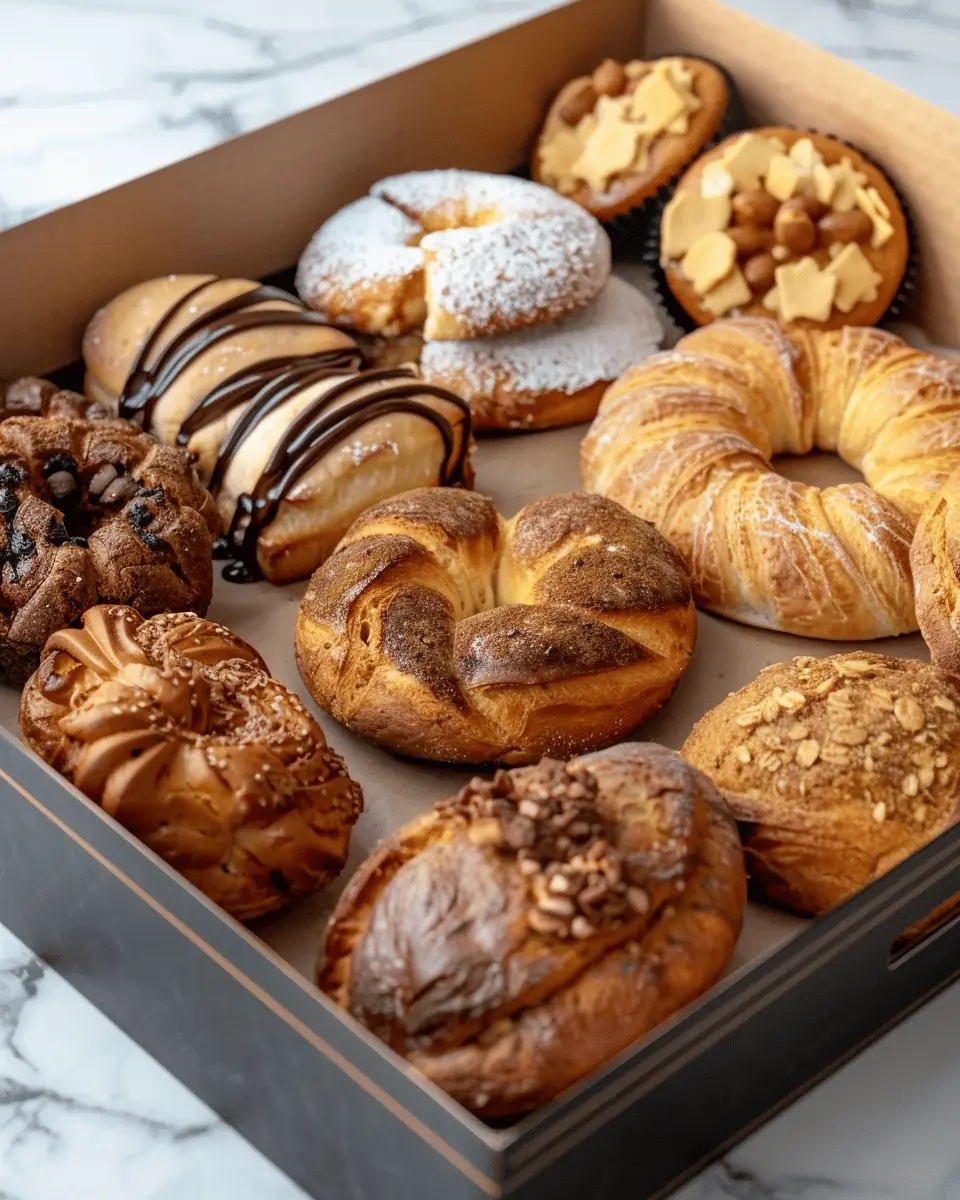
Variations in Gluten Free Baking
Creative Twists on Classic Recipes
When embarking on your journey through gluten free bakeries, it’s essential to keep things exciting! Consider reimagining classic recipes with a gluten-free twist. For instance, swap out regular flour for almond or coconut flour in beloved recipes like brownies or pancakes. These alternatives not only cater to your dietary needs but also add unique flavors and textures. Imagine biting into a rich, fudgy brownie made with almond flour—delicious, right?
And if you have a sweet tooth, don’t overlook experimenting with natural sweeteners like maple syrup or agave nectar. These options can enhance your bakes while keeping them on the healthier side. According to a study published by the Journal of Food Science, using alternative flours can significantly improve the nutritional profile of baked goods, making them both tasty and guilt-free.
Seasonal Gluten-Free Baking Options
Baking is a perfect way to celebrate the seasons, especially in gluten-free form! When fall arrives, think of incorporating pumpkin or apples into your recipes. How about whipping up a gluten-free apple pie using oat flour? The unique texture and flavor can elevate your traditional holiday favorites.
During the summer, consider fruity options with fresh berries, which naturally complement gluten-free flour alternatives. Also, try incorporating herbs or spices—like mint or cinnamon—to give your treats an unexpected zing!
With these variations and ideas, your time in the kitchen will be both delicious and fun, inviting the joy of gluten-free baking into your home. So why not blend some creativity with the wholesome goodness of gluten-free ingredients and explore what you can do? Happy baking!
Cooking Tips and Notes for Gluten Free Baking
How to avoid common pitfalls
Baking gluten-free can feel daunting, but avoiding common mistakes makes all the difference. One major pitfall to watch out for is using too much liquid. Gluten-free flours absorb moisture differently than wheat, so always start with less liquid than your recipe calls for, and adjust as needed. Check out this guide on gluten-free cooking for additional tips.
Expert tips for texture and flavor
To replicate the delightful texture often found in traditional baked goods, consider incorporating gum additives like xanthan or guar gum. These not only mimic gluten’s binding properties but also enhance texture. Additionally, blend different gluten-free flours, such as almond and coconut, for more complex flavors, a technique often seen in top gluten free bakeries.
Remember to taste as you bake! Experimenting and adjusting seasonings can elevate your dish from good to unforgettable. Happy baking!
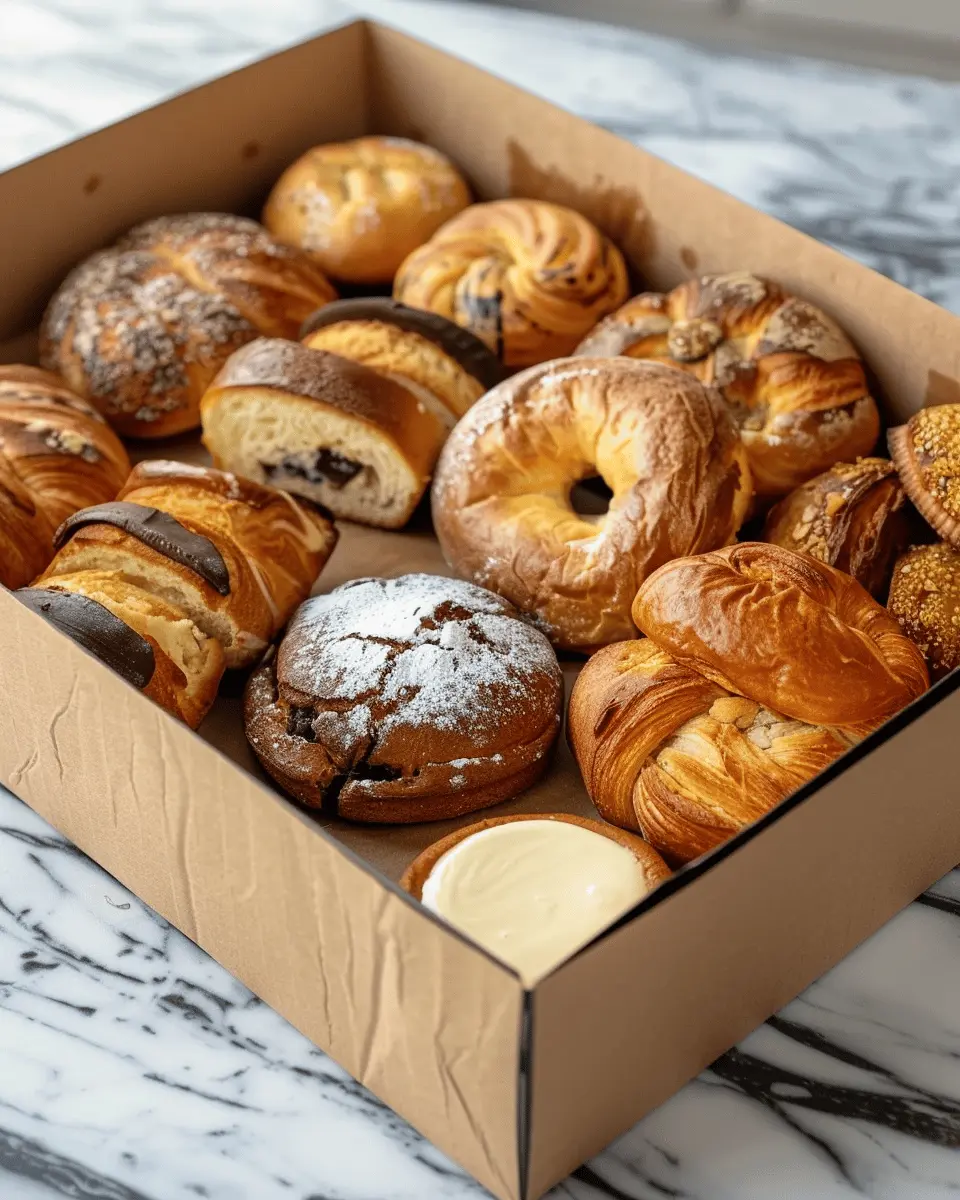
Serving Suggestions for Gluten Free Treats
When indulging in treats from gluten free bakeries, the experience can be elevated with a few thoughtful serving suggestions that enhance both flavor and visual appeal.
Ideal Serving Pairings
Pair your gluten free goodies with complementary beverages for a delightful treat experience. Here are some suggestions:
- Herbal Teas: Chamomile or peppermint can beautifully cleanse the palate.
- Cold Brew Coffee: The rich, smooth flavors contrast nicely with sweet bakes.
- Fresh Juice: Opt for a zesty citrus blend to brighten up your selection.
Creative Presentation Ideas
The way you present your gluten free treats can transform an ordinary gathering into something special:
- Colorful Platters: Use vibrant fruits and edible flowers to decorate your dessert table.
- Tiered Stands: Elevate your treats on multi-tiered stands for a bakery-like display.
- Personalized Wraps: Consider wrapping individual treats in decorative paper for that personal touch—perfect for gifting.
For more on enhancing your culinary experiences, visit Serious Eats for additional serving tips and trends. Your guests will appreciate the thoughtfulness that goes into every bite!
Time Breakdown for Gluten Free Baking
Preparation Time
When diving into gluten free baking, preparation is key! Generally, you’ll want to set aside about 15 to 30 minutes for measuring, mixing, and getting your ingredients ready. Make sure to gather all your essentials beforehand—this not only speeds up the process but also helps prevent any surprises down the road. For a detailed guide on ingredient preparation, check out Gluten Free Life.
Baking Time
Once your batter is ready, it usually takes between 20 to 50 minutes in the oven, depending on the recipe you’re following. It’s always a good idea to keep an eye on your goodies toward the end of baking! Some tips for perfect texture can be found at Baker’s Delight.
Total Time
In total, you’re looking at around 35 minutes to an hour from start to finish for your gluten free bakeries treats. With a bit of practice, you’ll become a pro at organizing your time efficiently. So grab your apron, and let’s get baking!
Nutritional Facts for Gluten Free Baked Goods
When exploring gluten free bakeries, understanding the nutritional profile of baked goods can help you make informed choices. Here’s a quick breakdown of essential nutritional facts:
Calories
Many gluten free options are surprisingly calorie-dense due to alternative flours like almond or coconut, which can pack more calories than traditional wheat flour. A slice of gluten free bread typically contains around 70-90 calories, making portion control key if you’re watching your intake.
Protein
You might think gluten free baked goods skimp on protein, but that’s not always true! Ingredients like almond flour and eggs can boost the protein content. For example, some gluten free muffins may contain 3-5 grams of protein per serving, which is quite satisfying.
Fiber Content
Fiber usually takes a hit in gluten free alternatives since many grains are lower in fiber. However, high-fiber ingredients like chia seeds and flaxseeds can elevate fiber levels in gluten free baked goods. Always check labels, aiming for at least 3 grams of fiber per serving to support digestive health.
For more insights on healthy baking, sites like Whole Grains Council and Healthline are excellent resources.
FAQs about Gluten Free Bakeries
What is the difference between gluten-free and conventional baking?
When it comes to baking, the key distinction between gluten-free and conventional is the absence of gluten, a protein found in wheat, barley, and rye. In conventional baking, gluten lends the structure and elasticity we often see in bread or pastries. However, in gluten-free bakeries, various gluten-free flours—like almond, coconut, or rice flour—are used. These flours behave quite differently, often requiring additional ingredients such as xanthan gum or egg whites to mimic that chewy texture. If you’re curious about specific gluten-free flour types, check out this helpful guide on gluten-free ingredients.
How can I ensure my gluten-free baked goods are enjoyable?
To make sure your gluten-free treats taste amazing, balance is key. Combining different flours can create a more complex flavor and texture. For example, mixing almond flour with coconut flour can yield delightful results. Also, don’t forget to include plenty of flavors—think vanilla extract, spices, or even citrus zest to enhance taste. A good tip is to sample recipes from reputable gluten-free bakeries to understand what works well. Sites like Gluten-Free Girl offer tried-and-true recipes.
Are there gluten-free substitutes for every ingredient?
While you can find gluten-free alternatives for many baking ingredients, not every substitute behaves the same way. For example, gluten-free baking powder is essential for rising, but do ensure it’s free from gluten. Similarly, while you can use Turkey Bacon as a savory addition, just check its label to confirm it’s gluten-free. For a full list of gluten-free substitutes, refer to this comprehensive gluten-free baking guide. Always experiment and adapt—your palate will thank you!
Conclusion on Gluten Free Bakeries
Why Embracing Gluten-Free Can Be Beneficial for Everyone
Exploring gluten free bakeries isn’t just a trend for those with gluten sensitivities; it can actually be a delightful experience for everyone. Adopting gluten-free options can add vibrant flavors and new textures to our diets, encouraging a broader range of nutrients. Many gluten free products incorporate wholesome ingredients like almond flour, quinoa, and coconut, offering health benefits alongside delicious taste.
Have you ever tried gluten free baked goods? You might be pleasantly surprised! Many people find they’re more digestible and can lead to enhanced energy levels. For more insights, check out resources on nutritional benefits from the Celiac Disease Foundation or the Gluten Intolerance Group to become more informed as you make this culinary journey. With so many tasty options available, it’s worth exploring your nearest gluten free bakery!
PrintGluten Free Bakeries: Discover the Best Indulgent Treats to Savor
Explore a variety of gluten-free bakeries that offer delicious treats without compromising on flavor. Discover the best options in your area and indulge in sweet delights that cater to your dietary needs.
- Prep Time: 15 minutes
- Cook Time: 30 minutes
- Total Time: 45 minutes
- Yield: 12 servings 1x
- Category: Desserts
- Method: Baking
- Cuisine: American
- Diet: Gluten-Free
Ingredients
- 2 cups almond flour
- 1 cup coconut flour
- 1 teaspoon baking soda
- 1/2 teaspoon salt
- 1/2 cup honey or maple syrup
- 1/4 cup coconut oil
- 3 eggs
- 1 teaspoon vanilla extract
Instructions
- Preheat oven to 350°F (175°C).
- In a bowl, mix almond flour, coconut flour, baking soda, and salt.
- In another bowl, combine honey (or maple syrup), coconut oil, eggs, and vanilla extract.
- Combine wet and dry ingredients, mixing until smooth.
- Pour batter into greased baking pan.
- Bake for 25-30 minutes or until golden brown.
- Let cool before serving.
Notes
- Use high-quality gluten-free flour for best results.
- Store leftovers in an airtight container.
Nutrition
- Serving Size: 1 piece
- Calories: 180
- Sugar: 10g
- Sodium: 150mg
- Fat: 9g
- Saturated Fat: 5g
- Unsaturated Fat: 3g
- Trans Fat: 0g
- Carbohydrates: 22g
- Fiber: 3g
- Protein: 4g
- Cholesterol: 50mg
Keywords: Gluten Free Bakeries, gluten-free desserts, gluten-free treats
